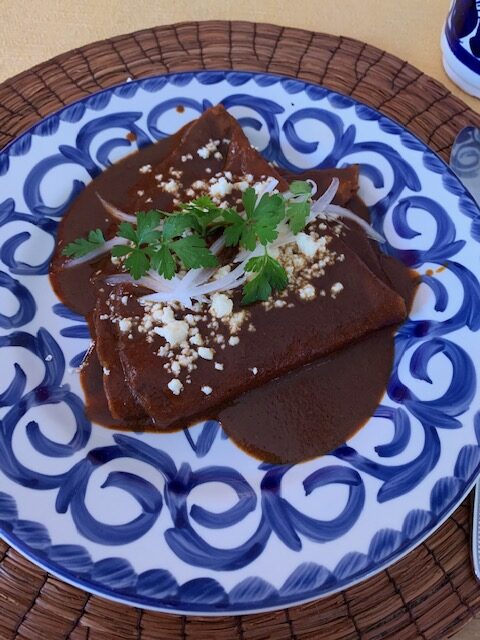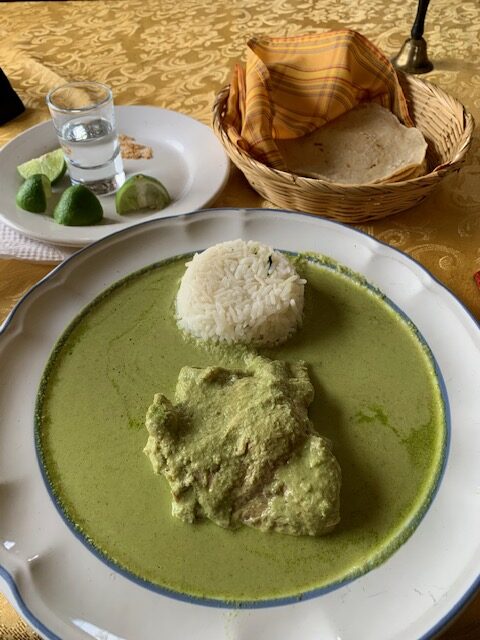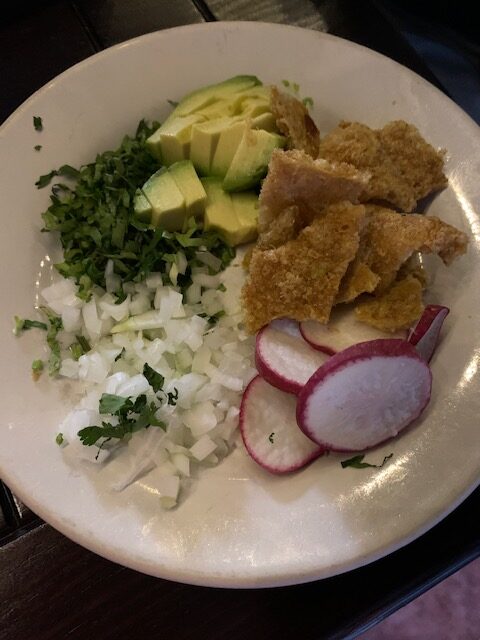
Headed to Oaxaca – your taste buds are in for a treat as this city is a hot spot of mole and pozole. Seven definitive types of Oaxacan mole will keep you salivating, satisfied and searching for more.

A traditional marinade and sauce used in Mexican cuisine, the recipe for mole can vary from family to family and is often a well-kept secret passed down through generations. Ingredients tend to be different based on the various regions of the country. For traditional mole basic ingredients include a combination of chilis, sesame seeds, tomatillos, spices, dried fruits, nuts and chocolate. A simple type of mole may use at least four different types of chilis such as ancho, pasillo, mulato and chipotle.

Moles are typically served over a variety of meats such as pork, chicken or lamb or can be drizzled over tacos, enchiladas, burritos, stuffed peppers and more.

Take your pick of moles – negro (black), rojo (red), coloradito, amarillo (yellow), verde (green), pipan verde or rojo, estofado or numerous variations. My favorite was the pipan verde made with pumpkin seeds and green sauce over chicken or pork and almost always served with white rice.

If mole is not your thing definitely give the pozole a try. A traditional Mexican soup or stew, the primary ingredient in pozole is hominy, made from shelled, dried corn that is soaked in water and lime. The chewy texture vaguely resembles the flavor of a corn tortilla.

Traditional pozole uses hominy, pork and garlic and may be garnished with chilis, salsas, onions, avocados, lettuce, radishes, lime or cabbage.

The three primary types of pozole are red (rojo) uses chilies such as guajillo, ancho or piquin; green (verde) is made from ingredients like tomatillos, cilantro and sometimes jalapeños; or white, (blanco) made with hominy, pork or chicken and garlic.

Buen provecho